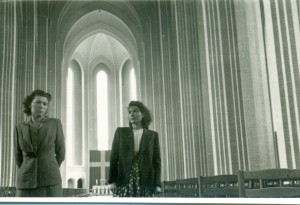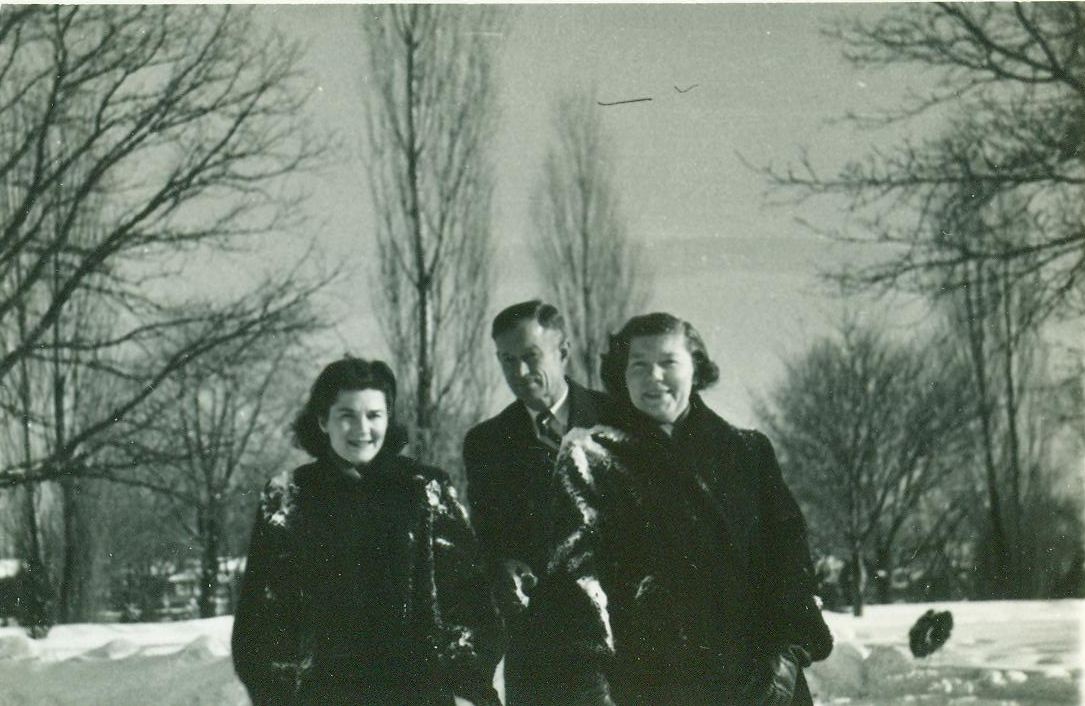Generally speaking, genealogy is a calm and focused pursuit. However, sometimes you need to be random – this is particularly true when trying to find something at the archives.
There is a reason for this – the Central Fond Register really only names the fonds – and usually they are named after the creator of the records. This name does not tell you all that could be contained within that particular fond, and you can find some real gems under fairly general headings.
So this is where the real sleuthing comes in – trying to find those gems! I’ve been doing a lot of sleuthing myself the past two months, but I can’t hope to cover the entire expanse of the holdings at the Latvian State Historical Archives. Sometimes the archivists are aware of what is hiding in the ambigiously-named fonds, and will recommend things to you, sometimes they are not.
Two document collections that are often mentioned are the 1935 and 1941 Censuses. Both of these are hidden in fond 1308, the innocuously-named “State Statistical Bureau”. These are contained in abstracts 12 and 15, but what is hiding in 1 through 11, 13 and 14? I haven’t explored that yet, but I will do so this week.
Are you searching for RÄ«ga ancestors at the end of the 19th century? Then you might want to look at fond 1394, which contains the tax lists for all of the different social classes – and each entry contains birth and death information, sometimes also information as to where people migrated from, and information about army service. A lot of date from a fond entitled “Riga City Tax Bureau”! Best part? Alphabetical indexes (by social class and gender) are available, which means it is a lot less strenuous than it could be – though it is still somewhat strenuous – some of those index books are massive and cannot be lifted by one person!
Perhaps my favourite is fond 3234 – called the “Ministry of Internal Affairs Administrative Department”. What do we have here? From the interwar era, such documents as external passports, records of citizenship acquisition, loss of citizenship, permissions to immigrate, a wide variety of documents relating to World War One-era refugees, changes of surnames, and so on.
As with any genealogical searches, you may come up empty. But it doesn’t hurt to look – who knows what kind of treasure trove you could stumble onto! So be brave – take a look at the abstract for an ambigiously-sounding fond and see what you can find!
Have you had any luck with ambigiously-named fonds? Share your successes in comments!



